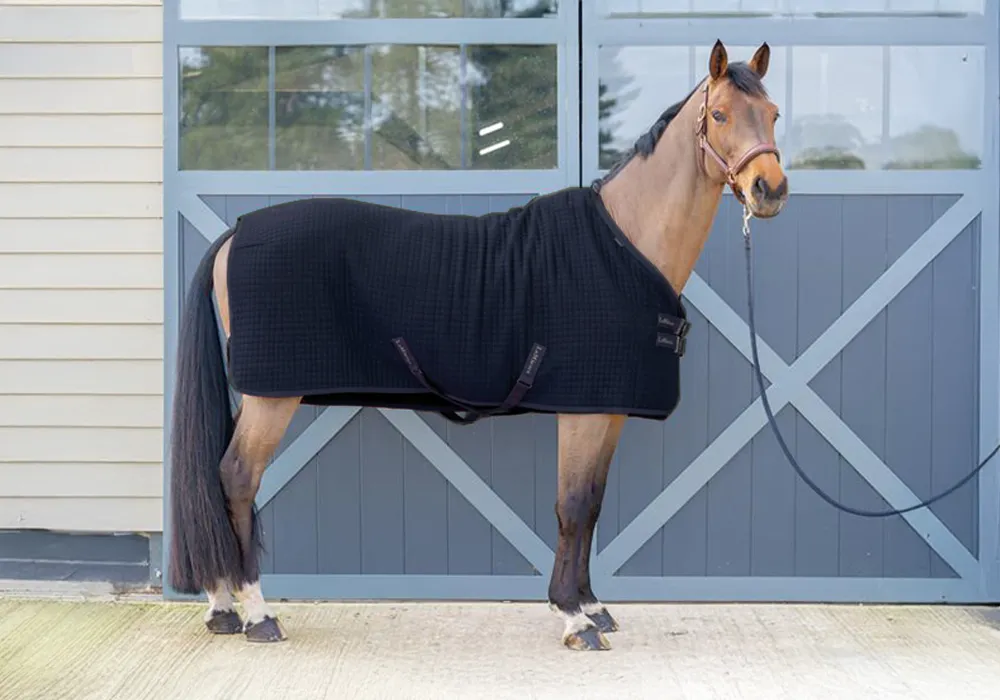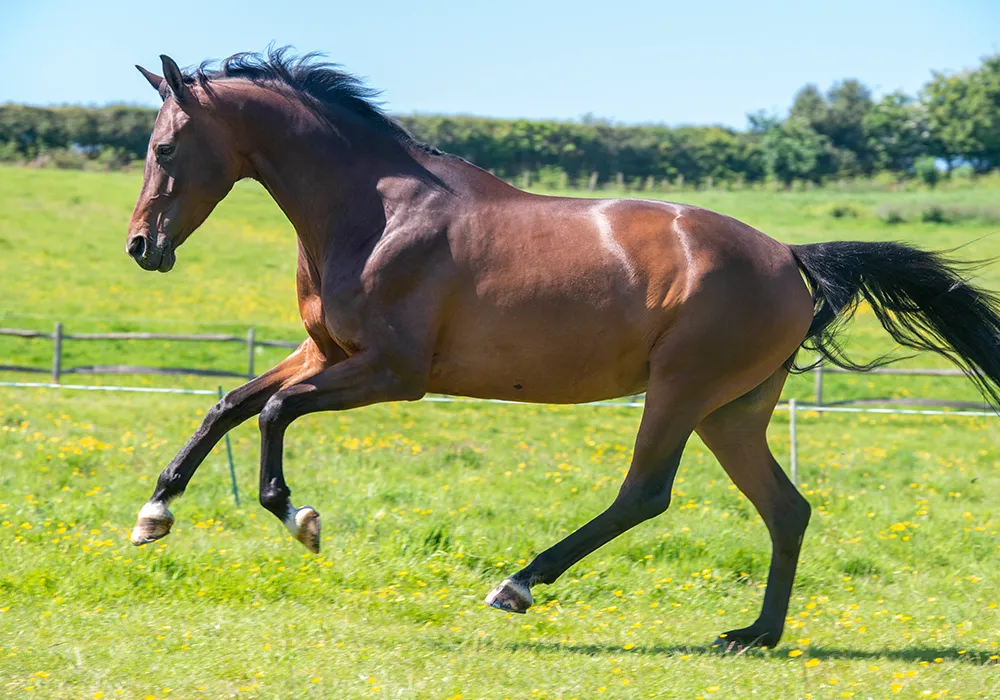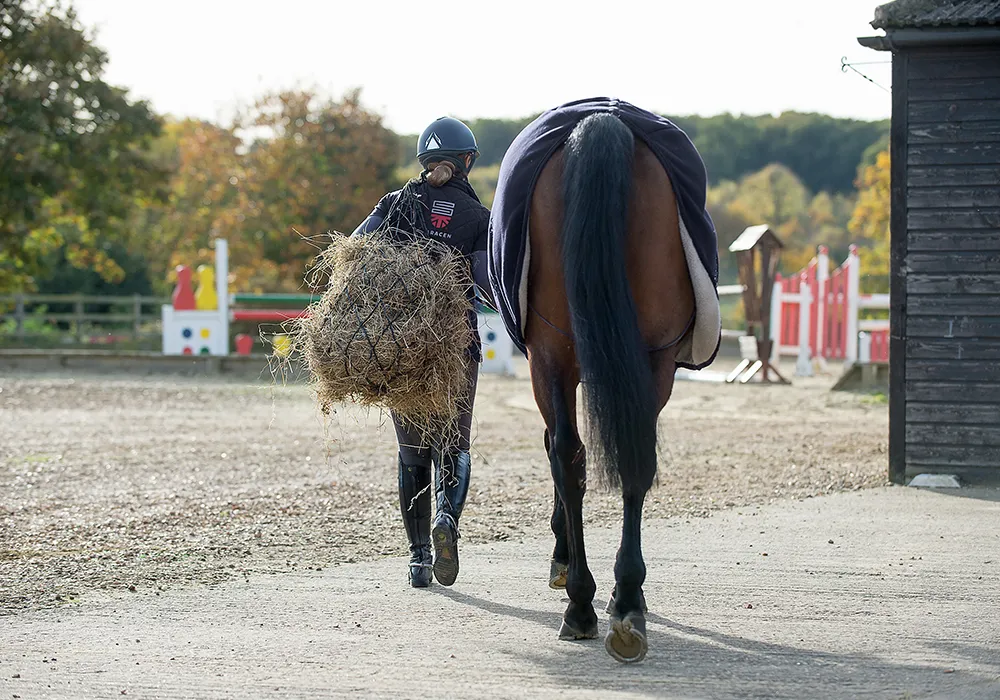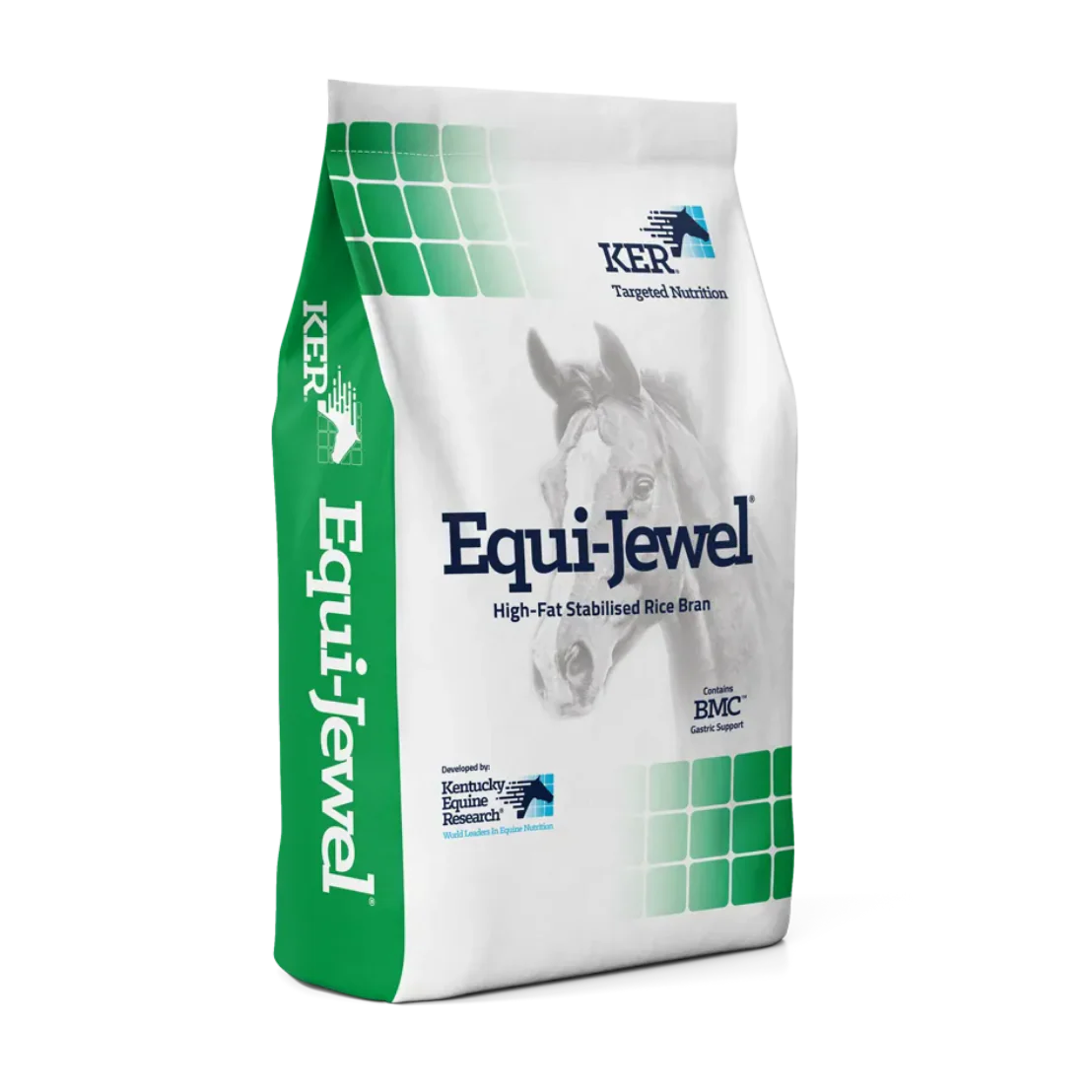Electrolyte Loss and Rehydration Strategies
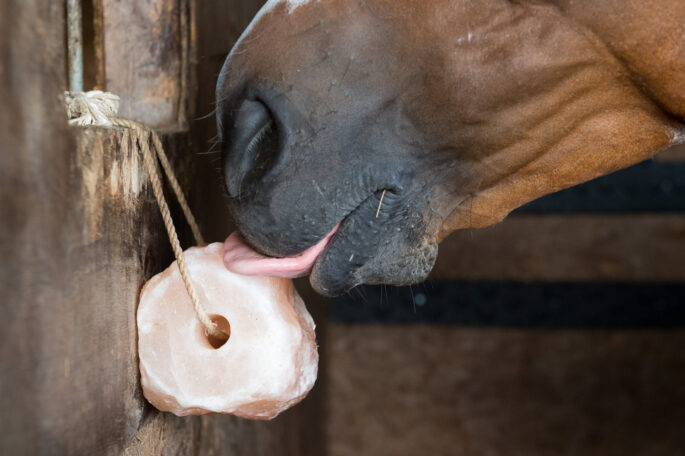
During intense exercise, horses can lose up to 12 litres of sweat per hour, approximately 4% of their total body water. The volume of sweat produced varies depending on several factors, including exercise duration and intensity, ambient temperature, the horse's fitness level, and its degree of heat acclimatisation. On average, horses lose about 33% more sweat than humans during exercise.
One key difference between horse and human sweat is its composition. Equine sweat is hypertonic, meaning it contains a higher concentration of electrolytes than blood. The primary electrolytes lost include sodium (Na), chloride (Cl), potassium (K), along with smaller amounts of calcium (Ca) and magnesium (Mg).
The Role of Electrolytes
Electrolytes are minerals that carry an electrical charge when dissolved in water. They are essential for maintaining fluid balance and play critical roles in supporting nervous, muscular, and digestive system function. When electrolyte levels fall out of balance, the body struggles to retain fluid in and around cells, which can cause cellular dehydration and possible cell death. The result can be muscle weakness, cramps, poor coordination, fatigue, prolonged recovery times, and ultimately, reduced performance.
Rehydration: Fluids and Electrolytes
After sweating, it is vital to replace both fluids and electrolytes. Providing only electrolytes without adequate water can worsen dehydration, as electrolytes are hygroscopic, meaning they draw water from surrounding tissues to dilute themselves. On the other hand, offering water alone without electrolytes after heavy sweating can also be problematic. This can dilute blood sodium levels, reducing the thirst response, and triggering the kidneys to excrete excess fluids, even when the horse is still dehydrated. The most effective way to rehydrate is by offering a balanced electrolyte solution that closely matches the concentration of the body’s natural fluids (isotonic).

Encouraging Water Intake
One challenge is that unlike humans, horses do not experience an increased thirst response in proportion to sweat loss. While electrolyte supplementation can stimulate thirst, horses may refuse to drink electrolyte solutions if the taste is unfamiliar. In some cases, even a change in water source when travelling or competing away from home can lead to refusal.
To encourage drinking, we recommended using a palatable flavour or mash such as RE-COVERY MASH®, topped up with plenty of water to temp your horse to drink. The palatable encapsulated banana flavour in RE-COVERY MASH® encourages even the fussiest horses to drink and helps to disguise the taste of an electrolyte supplement. For horses that don’t drink enough generally, RE-COVERY MASH® can be used daily to support hydration.
Choosing an Electrolyte Supplement
When selecting a suitable electrolyte supplement, it is important to ensure the main ingredients (first ingredients listed on the label) are electrolytes and not sugar. The most common sugar seen in electrolyte supplements is dextrose, but you may also come across sucrose or glucose. Kentucky Equine Research carried out a study and found that adding dextrose or starch did not improve electrolyte absorption (Pagan et al., 2012). Another study by Monreal et al., (2010) found that electrolytes alone rehydrated the horses better than electrolytes + glucose. The key electrolytes that should be present in your electrolyte supplement are Cl, Na, K, and Mg. Ca is excreted in much lesser quantities than the other electrolytes and is typically only lost in significant amounts when exercising over extensive periods in hot weather.
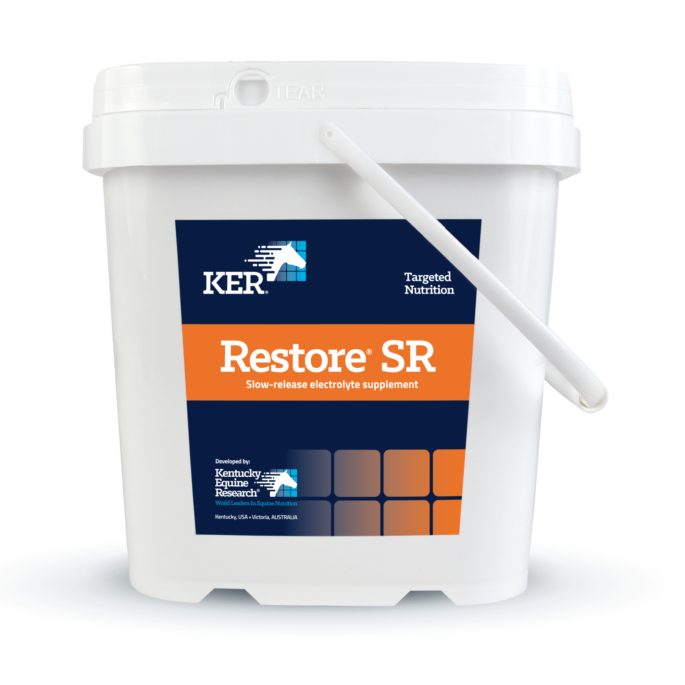
The best way to replenish electrolytes is slowly, as rapid surges in blood electrolytes can increase electrolyte excretion, flushing out the electrolytes that have just been fed. To combat this, Kentucky Equine Research developed Restore SR, an electrolyte supplement with a proprietary slow release mechanism, that allows sodium to be released gradually into the gastrointestinal tract for sustained absorption.
Did you know: It is not possible to pre-load with electrolytes as the body cannot store them in excess. However, giving a maintenance rate of electrolytes prior to competition can help to ensure your horse is not starting out in an electrolyte deficit.
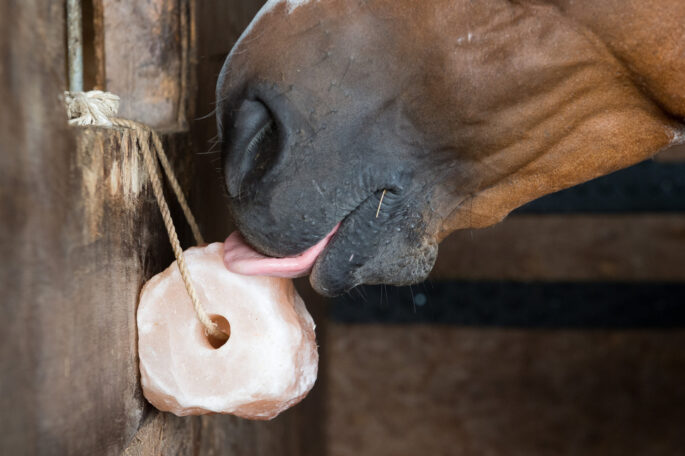
When horses are not actively sweating, there is still a maintenance requirement for electrolytes that needs to be met. Even a fully fortified feed and forage diet often does not provide enough salt to meet a horse’s maintenance requirement. As a guide, for the average 500kg horse we recommend adding 30g of salt to the bucket feed daily.
References
Monreal, L., Garzón, N., Espada, Y., Ruíz‐Gopegui, R. and Homedes, J., 1999. Electrolyte vs. glucose‐electrolyte isotonic solutions for oral rehydration therapy in horses. Equine Veterinary Journal, 31(S30), pp.425-429.
Pagan, J.D., B.M. Waldridge, J. Lange, C.G. Brown-Douglas, and P.J. Huntington. 2012. Effect of Dextrose Supplementation on Electrolyte and Water Absorption in Resting Thoroughbreds. Proceedings of the Australasian Equine Science Symposium 4: 43
Need Guidance?
If you would like any further information on feeding your horse or pony please feel free to contact our nutritional team on +44 (0)1622 718 487, email info@saracenhorsefeeds.co.uk or fill out our Feed Advice Form.
